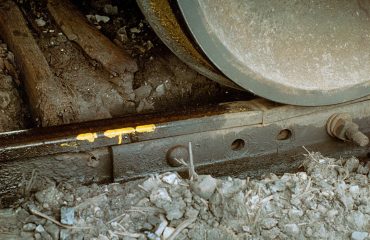body { font-family: sans-serif; line-height: 1.6; }
h1, h2, h3 { color: #333; }
h1 { font-size: 2.5em; }
h2 { font-size: 2em; }
h3 { font-size: 1.5em; }
Navigating the complex world of European manufacturing standards can be daunting. This comprehensive guide will unravel the intricacies of EN standards, providing you with the knowledge and understanding necessary to ensure your manufacturing processes meet the required levels of quality, safety, and performance. Whether you’re a seasoned manufacturer or just starting out, understanding EN compliance is crucial for success in the European market and beyond.
Understanding EN Standards: A Foundation for Quality
EN standards, developed by the European Committee for Standardization (CEN), represent a crucial set of technical specifications that dictate the requirements for various products and services within the European Union. These standards aren’t just suggestions; they often form the basis of legal requirements, meaning compliance is not optional but mandatory for many products. Understanding the specific EN standard relevant to your product is the first, and most critical, step in ensuring compliance. These standards cover a vast range of industries, from construction materials and electrical appliances to medical devices and automotive components. Failing to meet these standards can lead to significant consequences, including product recalls, fines, and damage to your brand reputation.
The Process of EN Standard Compliance: A Step-by-Step Guide
Achieving EN compliance is a multi-stage process that requires meticulous planning and execution. It typically begins with identifying the relevant EN standard(s) applicable to your product. This requires careful review of the product’s intended use, materials, and design. Next, you need to develop a robust quality management system (QMS) that incorporates the requirements of the relevant EN standard. This system should outline procedures for design, manufacturing, testing, and quality control. Regular internal audits are crucial to ensure the QMS remains effective and compliant. Thorough documentation at every stage is essential for demonstrating compliance to auditing bodies.
Testing and Verification: Proving Your Compliance
Once your manufacturing processes are in place, rigorous testing is necessary to demonstrate compliance with the relevant EN standards. This may involve various testing methods, depending on the specific requirements of the standard. These tests might include material testing, performance testing, safety testing, and environmental testing. Independent third-party testing laboratories are often used to ensure objectivity and credibility. The results of these tests must be meticulously documented and retained as evidence of compliance. Depending on the product and standard, specific certifications may be required, further validating your compliance.
Certification and Accreditation: Gaining Market Access
Certification provides formal recognition that your product or manufacturing process meets the requirements of a specific EN standard. This is often a requirement for selling products within the European Union. Certification is typically issued by accredited certification bodies that have been authorized to assess and verify compliance. The process of obtaining certification usually involves an audit of your QMS and testing of your product. Maintaining certification requires ongoing compliance and regular audits to ensure continued adherence to the standard. Gaining certification not only opens market access but also enhances your brand’s credibility and builds consumer trust.
Managing Ongoing Compliance: A Continuous Improvement Approach
Meeting EN standards isn’t a one-time event; it’s an ongoing commitment. Standards are regularly updated, and your manufacturing processes must adapt to remain compliant. Regular reviews of your QMS and procedures are essential to identify areas for improvement and to incorporate any changes to the relevant EN standards. Staying informed about updates and changes within the relevant standards is crucial for maintaining compliance and avoiding potential non-compliance issues. Proactive monitoring and continuous improvement are key to long-term success in meeting and exceeding EN standards.
By understanding and implementing these steps, manufacturers can effectively navigate the requirements of EN standards, ensuring product quality, safety, and market access. Remember that seeking expert advice from compliance consultants or certification bodies can be invaluable in this process.
SEO-Friendly Tags:
- EN Standards
- European Manufacturing Standards
- EN Standard Compliance
- Manufacturing Quality Control
- Product Certification




